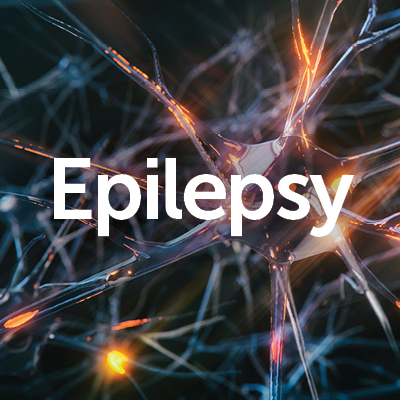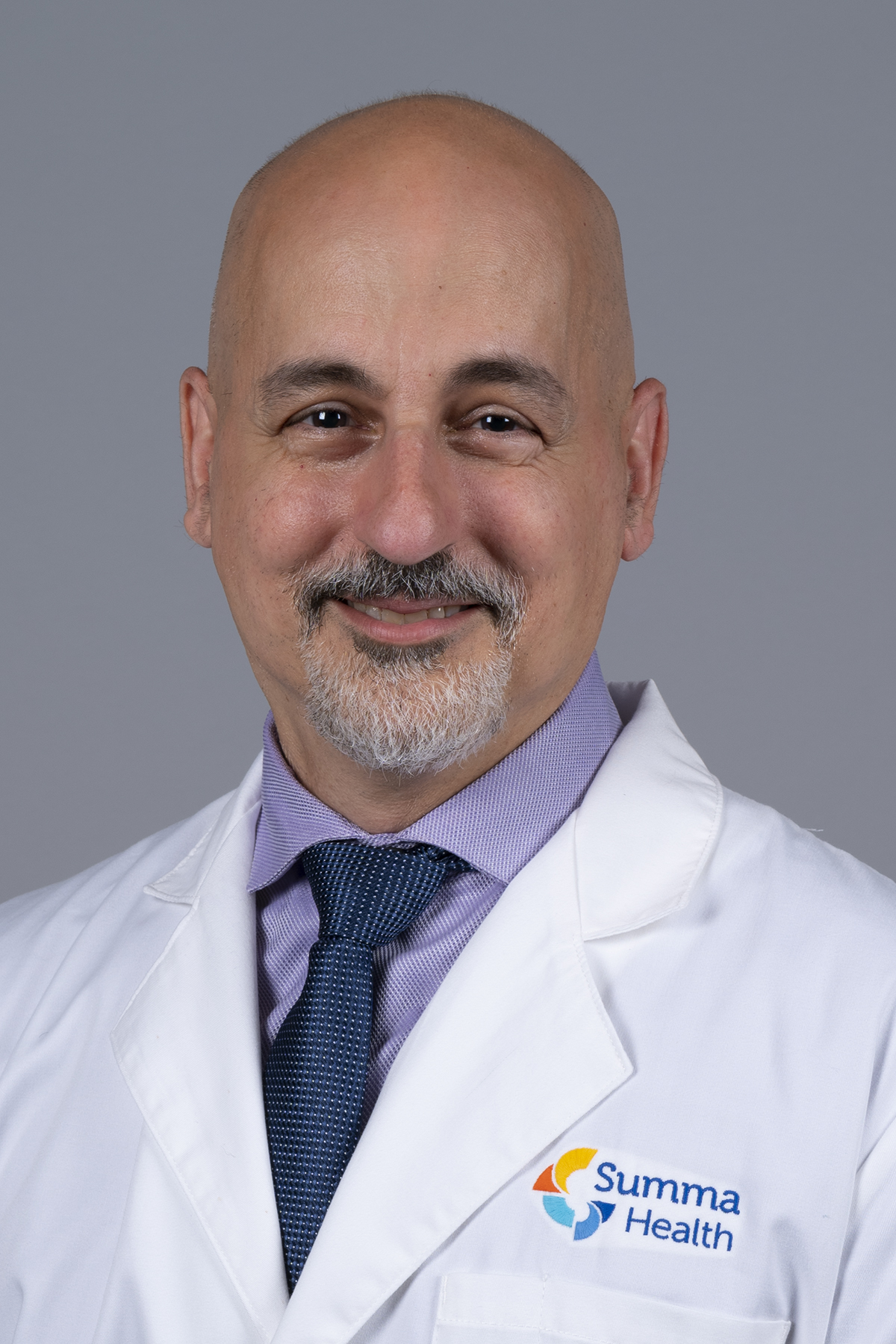Get your top questions about epilepsy answered
Posted April 24, 2022 by By Marvin Rossi, MD, Ph.D

Epilepsy is more common than you might think. It’s estimated 3.4 million adults and children in this country are living with epilepsy, with about 150,000 new cases diagnosed each year, according to the Centers for Disease Control and Prevention.
Epilepsy is a chronic neurological disorder that leads to disturbances in the brain’s electrical activity, causing repeated seizures. These seizures occur when the nerve cells fire more rapidly and with less control than usual.
Seizures can range from simple partial seizures, where a person briefly loses conscious activity, to focal or complex partial seizures, where a person is unresponsive and stares blankly, to the most generalized seizure that affects the entire brain. A person having a generalized seizure may fully lose consciousness and may fall, shake aggressively and have difficulty breathing. After a seizure, you may have no memory of it happening.
If you or a loved one was recently diagnosed with epilepsy, you probably have a lot of questions and concerns. Seizures can be scary and can get in the way of your life, especially if they continue to occur without a pattern.
While there is no cure for epilepsy, you can take comfort in knowing the disorder can be managed successfully with early diagnosis and proper treatment. Summa Health answers your most pressing questions about epilepsy so you can get back to living a happy, healthy and full life.
What do seizures look like?
Seizures don’t always look how you envision them: falling to the ground, shaking uncontrollably and being unconscious of what’s going on around you. In fact, there are many types of seizures, and ones that look like that are actually not the most common.
More often, a person having a seizure may seem confused, stare into space, make unusual movements or even be unable to speak.
Symptoms vary greatly depending on the type of seizure, but typical symptoms can include:
- Alterations in sense of taste, smell, sight, hearing and touch
- Temporary confusion
- Staring blankly
- Repetitive movements, such as lip smacking
- Uncontrollable jerking movements in the arms and legs
- Loss of muscle control and uncontrollable shaking
- Loss of consciousness or awareness
What triggers a seizure?
You may be able to identify patterns that trigger seizures. A few of the most common triggers include:
- Lack of sleep
- Illness or fever
- Stress
- Bright or flashing lights
- Caffeine, alcohol or medications
- Skipping meals or overeating
Keeping a seizure journal is a good way to look for patterns and identify triggers so you can avoid them.
What causes epilepsy?
A variety of conditions that affect a person’s brain can cause epilepsy. In most cases, however, the cause cannot be determined.
Genetic factors or structural brain abnormalities that run in families can cause symptoms to begin in infancy. In addition, certain conditions, such as brain tumors or vascular malformations, traumatic brain injuries, stroke, certain infections such as meningitis or HIV, and some birth defects, can cause epilepsy.
How is epilepsy diagnosed?
Epilepsy can develop at any age. A person is diagnosed with epilepsy if they experience two or more unprovoked seizures separated by at least 24 hours or after one seizure with a high risk for more.
Epilepsy is typically diagnosed with a comprehensive medical history and an EEG, or electroencephalogram, to record brain wave patterns during and between seizures. Your doctor may also order an MRI or blood tests to rule out other potential causes of seizures, such as a brain tumor.
How is epilepsy treated?
The first line of treatment for epilepsy is antiseizure prescription medications to help reduce the frequency and severity of seizures. For most patients, these drugs help keep seizures under control or even eliminate them altogether.
For other patients, brain surgery may be an option. In particular, epilepsy surgery may benefit patients whose seizures are associated with structural brain abnormalities, such as brain tumors, malformations of blood vessels or damage related to strokes.
A procedure known as vagus nerve stimulation can help prevent seizures by sending mild electrical pulses to the brain by an implanted device, similar to a pacemaker.
In other cases, diet changes, such as a ketogenic diet, can help reduce seizures.
Can I live a healthy, normal life with epilepsy?
Yes. Most epilepsy patients are expected to go into remission, or five or more years free of seizures while using medication. From there, about 75 percent of those patients can be successfully withdrawn from medication. Children with epilepsy can grow out of the condition.
Epilepsy can affect many aspects of your life, but there’s no need to suffer. The right treatment can result in dramatic improvements in your condition and quality of life.
About the Author
Vitality eNews Sign Up
Receive the Summa Health eNewsletter for the latest health tips, advice and updates.


